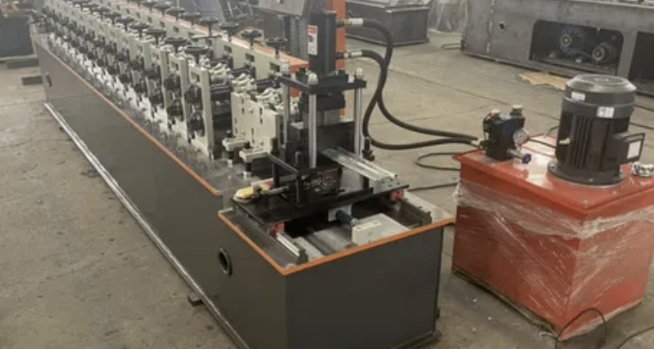
Posted on Thursday, October 31, 2024
Roll forming is a continuous bending operation used to create long, uniform profiles from sheet metal. It’s a highly efficient process, especially well-suited to producing complex profiles in high volumes. This guide will explore the fundamentals of roll forming, its applications, and why it holds particular promise for Swedish manufacturers.
Roll forming is a cold-forming process in which a long strip of metal (often steel or aluminum) is continuously fed through a series of contoured rollers that gradually shape the metal into a desired profile. Unlike other methods like stamping or bending, roll forming allows for complex cross-sections with consistent dimensions, reducing the need for additional post-processing.
The versatility of roll forming makes it suitable for various industries, including:
Roll forming offers unique benefits that align well with Sweden’s manufacturing goals and needs:
Swedish industries, especially those in the automotive, construction, and green energy sectors, find roll forming to be highly advantageous. Its capability for producing lightweight yet robust profiles supports Sweden’s shift toward sustainable, efficient manufacturing. Additionally, with Sweden’s focus on minimizing carbon footprints, roll forming’s low-waste, energy-efficient process aligns perfectly with these environmental priorities.
By leveraging roll forming, Swedish manufacturers can create high-quality, customized profiles tailored to industry needs, allowing them to remain competitive both locally and globally. This versatile process enhances efficiency, cost-effectiveness, and sustainability, making it an essential asset for modern manufacturing in Sweden.

32/1000 Box Profile Roll Forming Machine – Complete Guide & Specifications
Posted on Sunday, November 16, 2025
High-performance 32/1000 box profile roll forming machine for roofing and cladding. Full specifications, profiles, applications, pricing

PBR / R-Panel Roll Forming Machine – Complete Guide & Specifications
Posted on Sunday, November 16, 2025
PBR / R-Panel roll forming machine for roofing and wall cladding. Full specs, profiles, applications, pricing, and global buying guide. Built to order.

Posted on Sunday, November 16, 2025
How to Diagnose and Fix the Hidden Electrical Problems That Cause Downtime
Copyright 2025 © Machine Matcher.